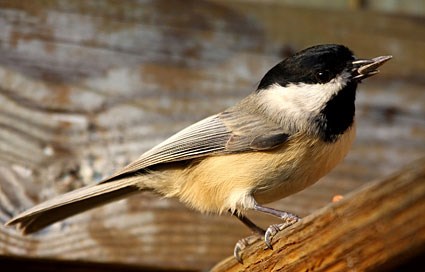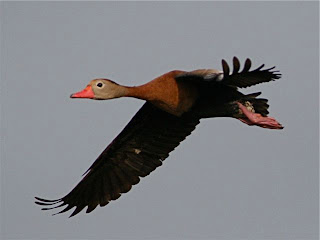| Red Breasted Nuthatch |
Just returned from a great day of birding with my brother Tony, and one of my oldest friends, Ned, who flew in from New Hampshire. We targeted the Sax-Sim Bog, just north of Cloquet, and west of Duluth. The place has become a mecca for those seeking out winter birds. In February, they even celebrate with a winter birding festival. They bird during the day, and drink at night. At Least three birders have wondered off into the huge bog, never to return.
We were treated with several sightings, including Pine Grosbeaks, Evening Grosbeaks, Common Redpolls, Rough-legged
Hawks, Bald Eagles, and the Boreal Chickadee, of which I have written about in an earlier blog, and a handsome little bird that has eluded me all these years. We saw several other more common species as well, and of course, the Red-breasted Nuthatch. Very rarely I will see one on my feeder at home. The White -breasted Nuthatch I see every day.
They both go backwards, forwards and upside down on the bark of trees.
We missed seeing the Crossbills and the Great Grey Owl, which would have been a lifer for Ned. I checked my daily Minnesota Ornithological Society web posting this morning, and another party saw these birds who skillfully avoided us. Maybe they don't like people from the big city.
We returned home at the end of the day, and enjoyed a nice meal at Ned's sister's home, where Ned was greeted with the news that he had been voted "New Hampshire Tree Farmer of the Year". I'm glad one of us finally made a name.
This is what unemployed musicians do on a saturday night, when they are not working...they write a blog about a bog!













































